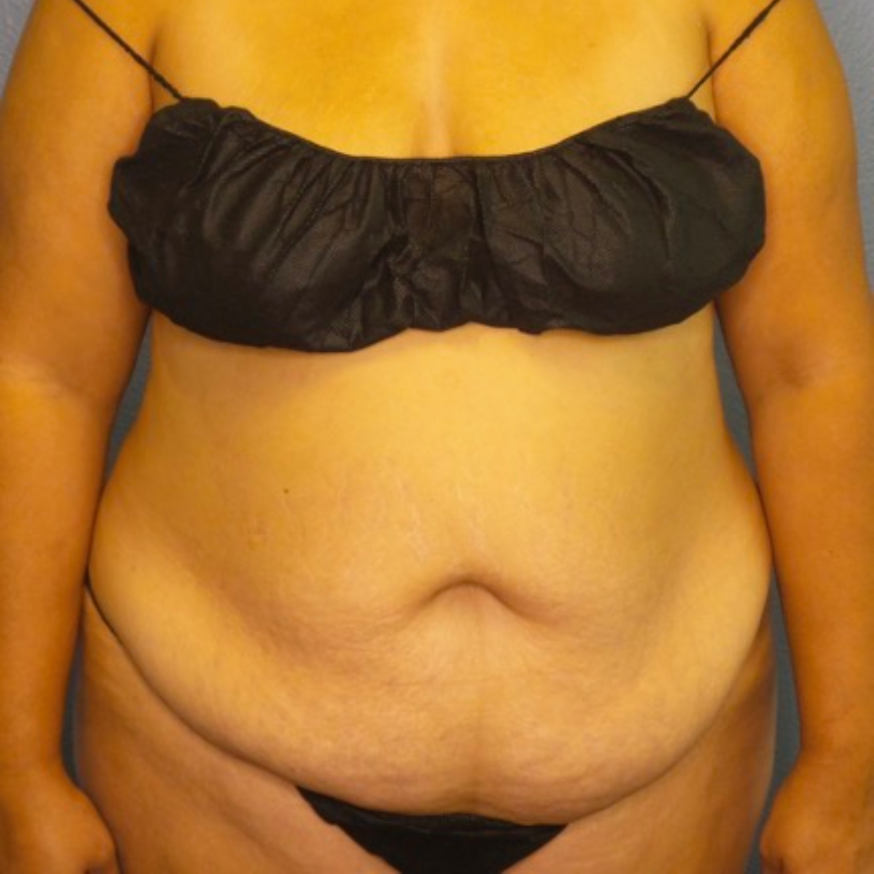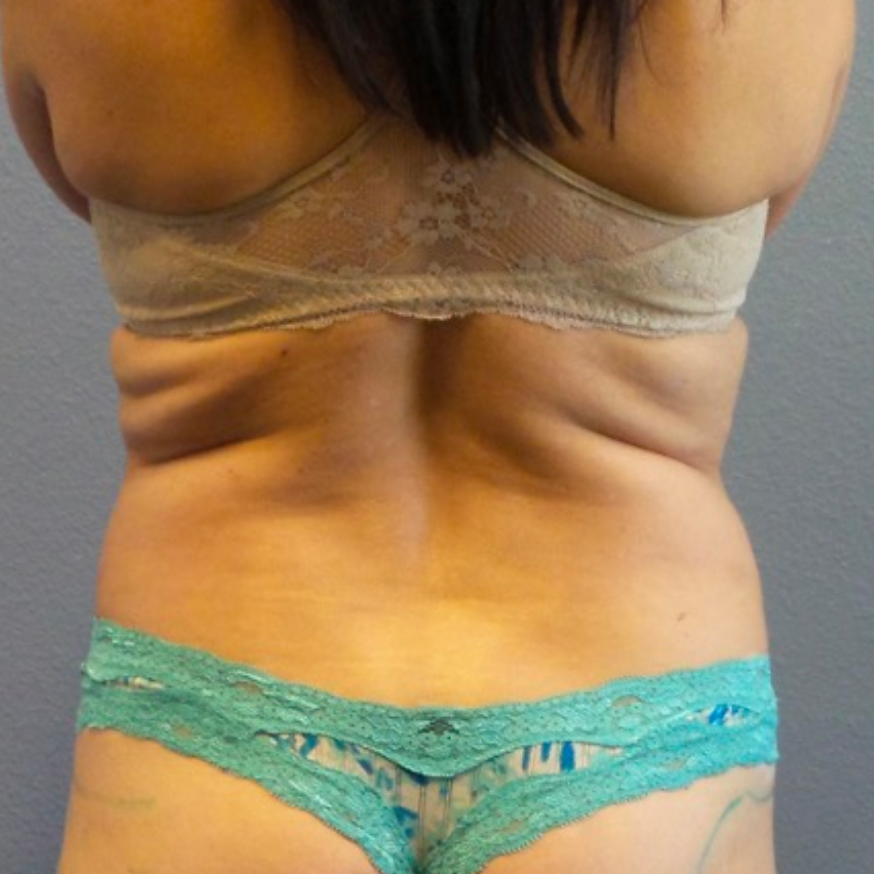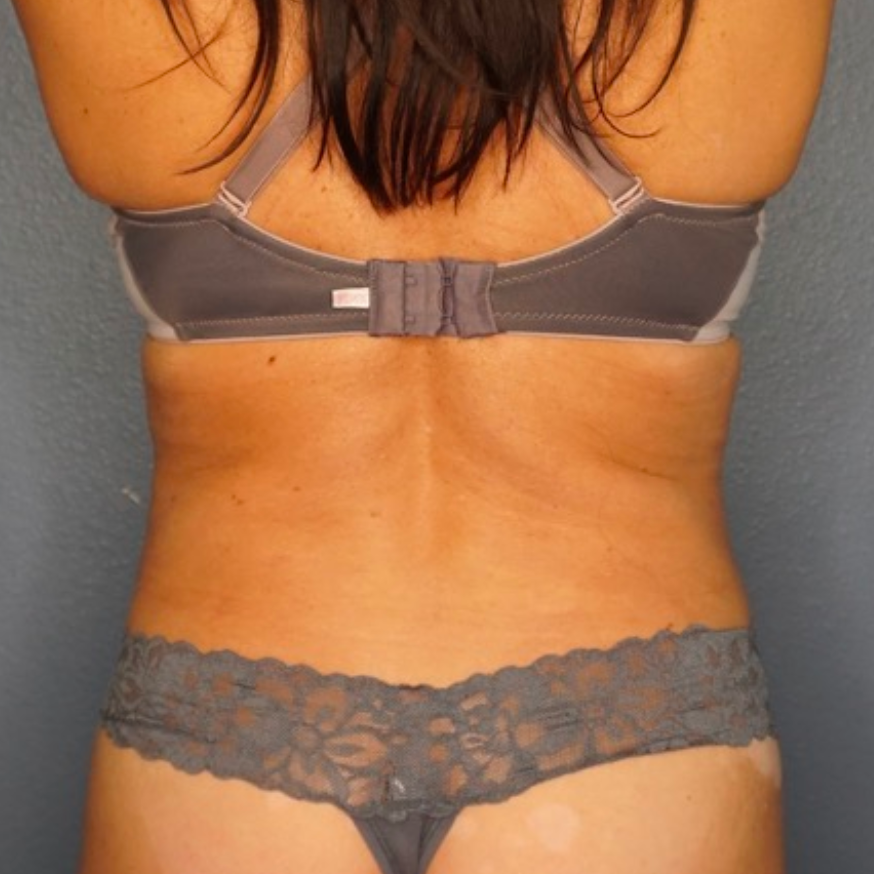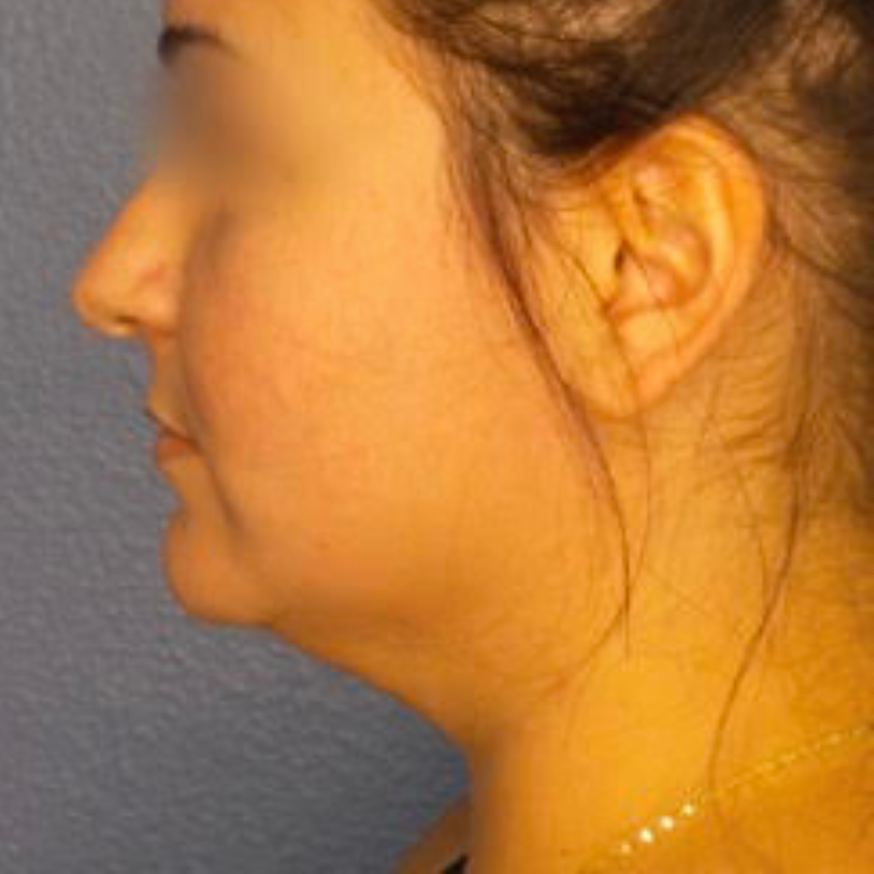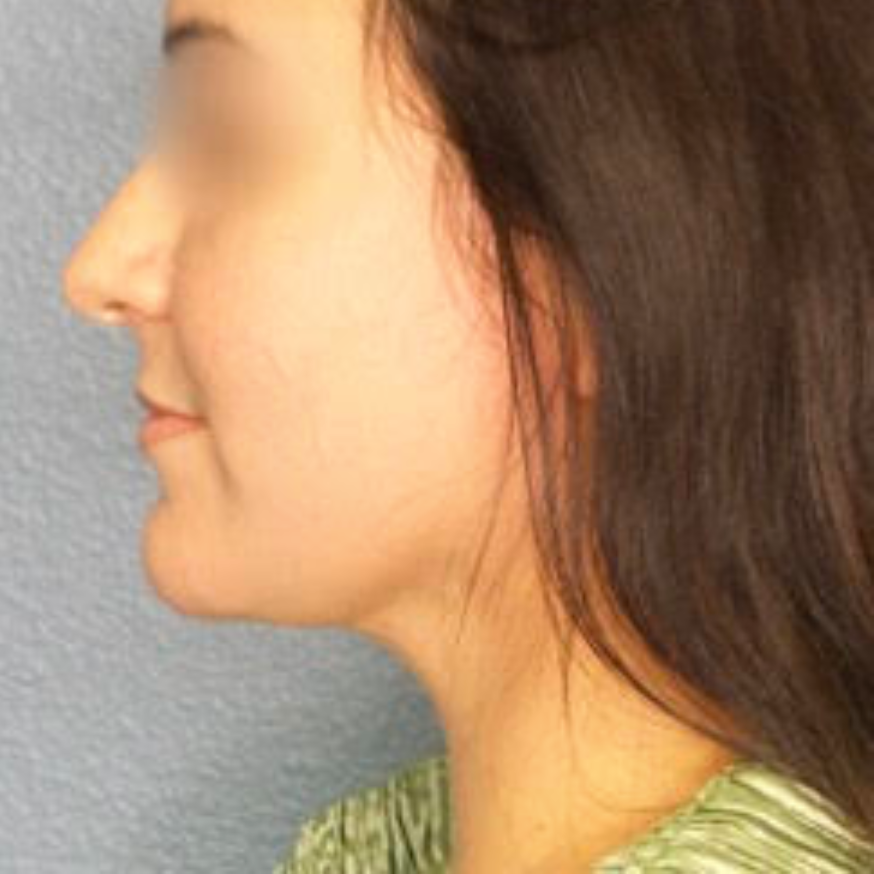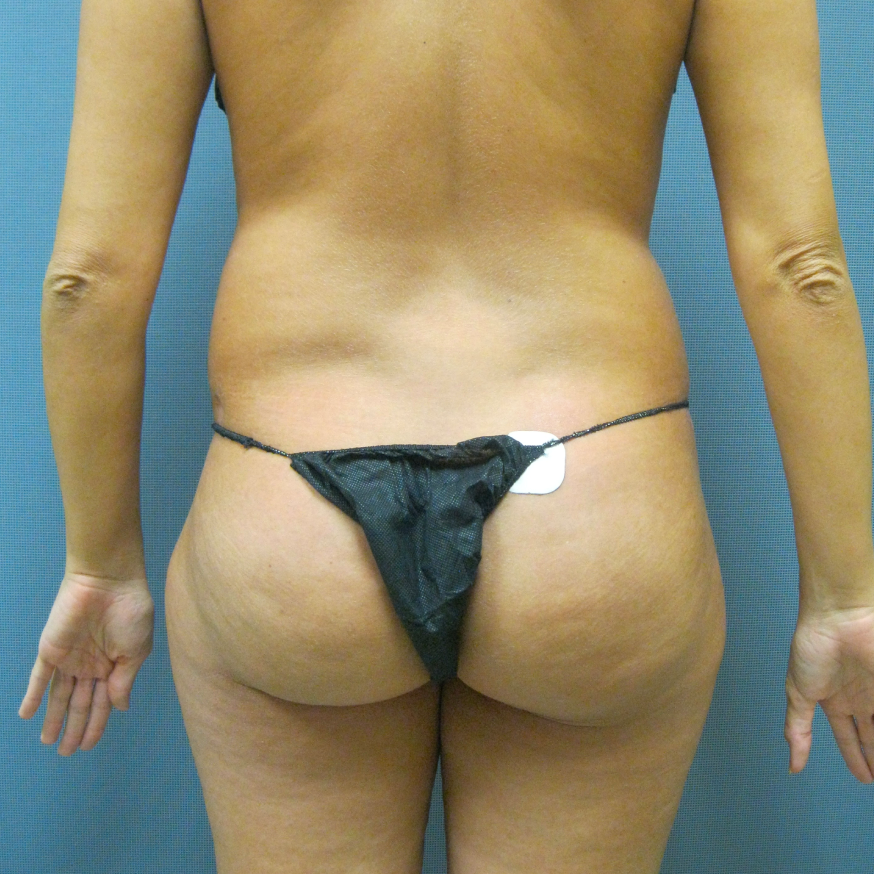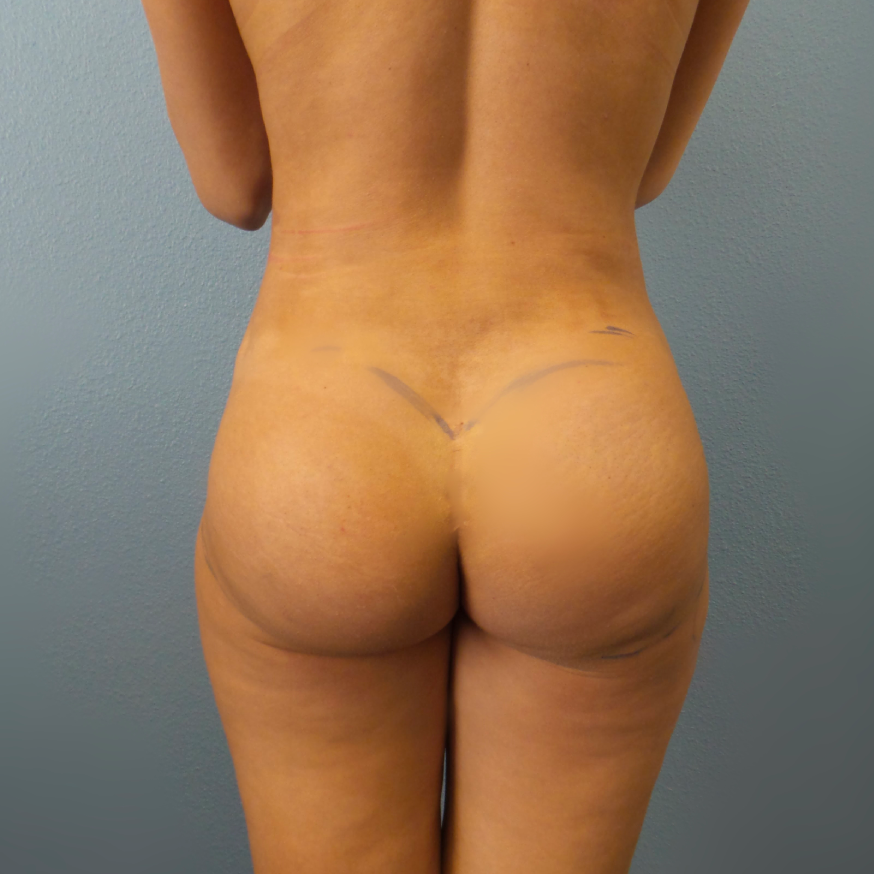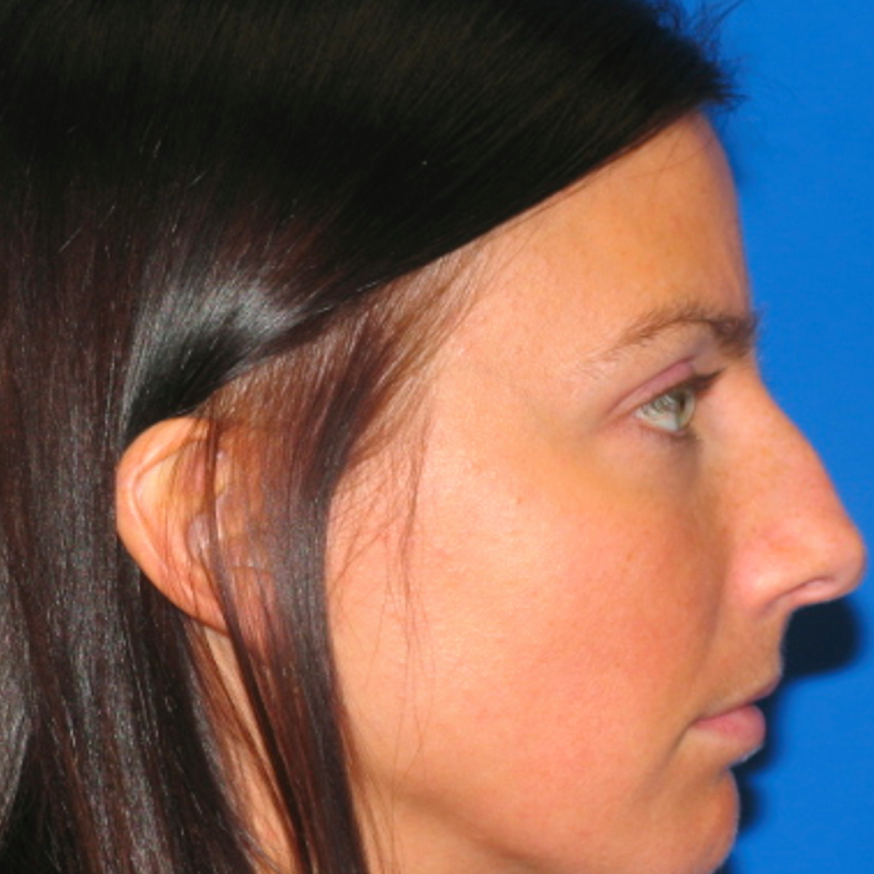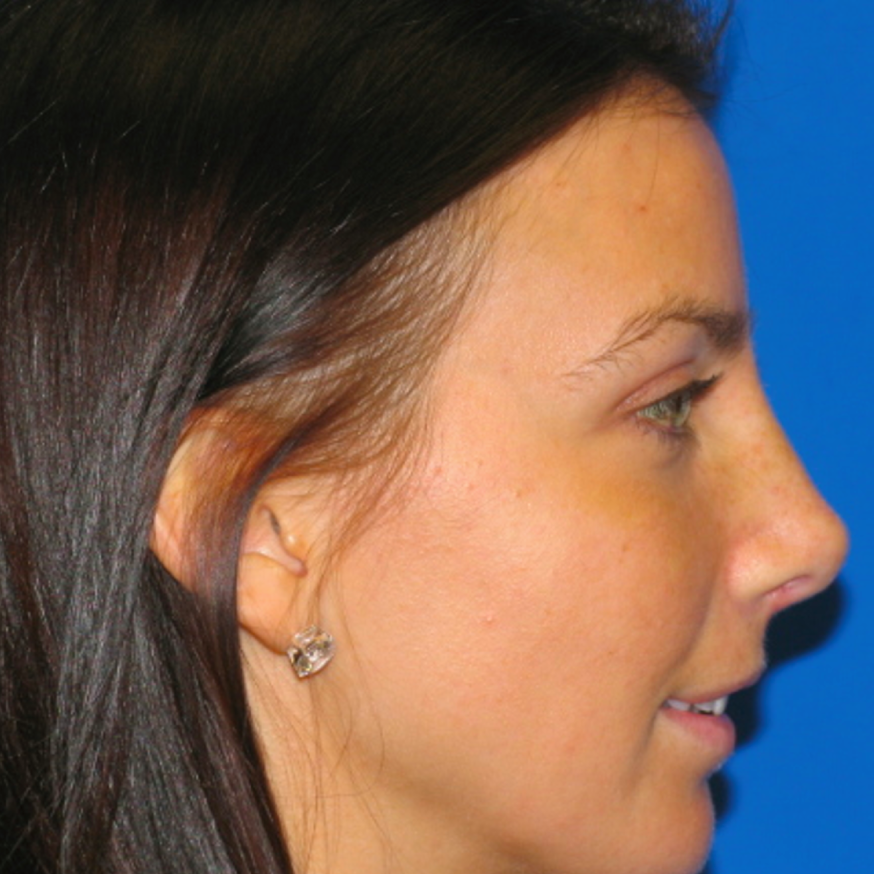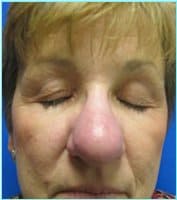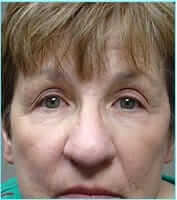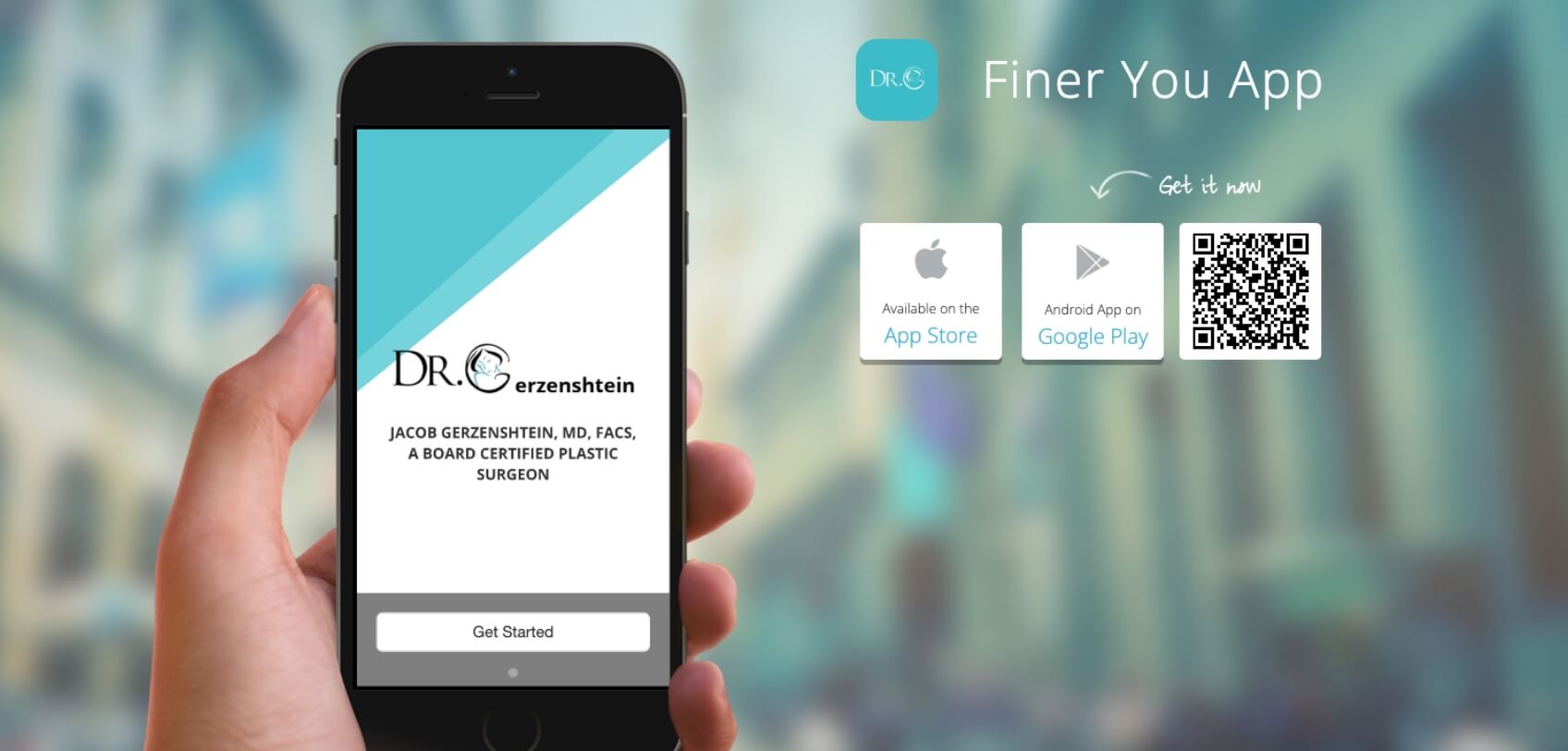Nose Reconstruction
Conveniently located to serve the areas of Tampa and Lakeland, FL
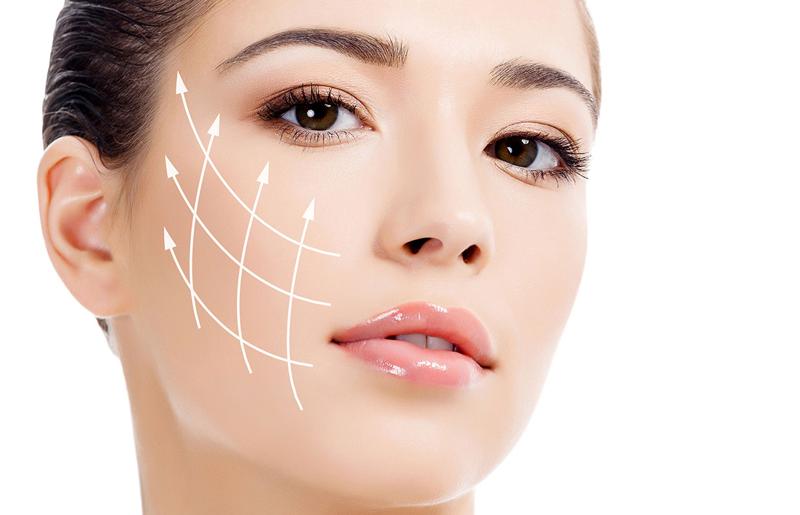
The treatment of rhinophyma has been a topic of debate for many years. Rhinophyma is a skin disorder characterized by a sizable, red, bumpy or bulbous nose. It may take place as an element of phymatous rosacea. The cause of Rhinophyma is unknown, however it’s considered a subtype of severe rosacea. This disorder is a lot more common in males, particularly between 50 to 70 years.
Contact UsBefore and After Photos
Rhinophyma is a skin disorder that is usually from a part of rosacea. It is actually classified as part of suptype 3 of rosacea. Rhinophyma can be recognized by a red, large, bumpy nose that forms gradually over several years. The cause exactly, is unknown at this point by doctors. However, they do know that rhinophyma is more commonly found in men that are between the ages of 50 and 70 years. It is also believed that it can be the result of untreated or under treated rosacea.
Men have a much higher risk than men, you also may have a higher risk for severe rosacea and rhinophyma if you have fair skin. Additionally, some racial backgrounds have higher risks too such as English, Scandinavian, Eastern European, Scottish, and Irish. People with a family history of rosacea may have a higher risk as well.
Diagnosis
Previous stages of rosacea are confused with pimples and other skin conditions. But, rhinophyma frequently happens after rosacea is identified.
Rhinophyma has faculties which can be unique. Your medical professional typically can diagnose it without tests. They could be in a position to make a diagnosis by simply asking regarding the medical background and doing a physical exam. Occasionally, a skin biopsy could be required to verify the diagnosis, particularly in rare cases where the condition does not respond to treatment.
Common Symptoms
- Extremely Sensitive Skin
- Reoccurring bumbs and pimples
- Blotchy red areas around the center of your face
- Random facial flushing
- Swelling of tiny blood vessels on your nose and cheeks
- Ocular Rosacea – burning or gritty feeling in the eyes
- Blepharitis – inflammation of the eyelid
- Conjunctivitis – Redness and inflammation of the eye
Treatment
Rhinophyma can be treated with medications or surgery, depending on the severity. While medicines like antibiotics may help in early stages, surgery is often the best option for advanced cases. In this situation, surgery was chosen as the most effective way to reduce tissue overgrowth and restore the natural shape of the nose.
Common surgical options include:
- Laser therapy: This procedure uses laser energy to remove layers of thickened skin and smooth out the nose.
- Dermabrasion: A skin resurfacing technique that sands down the excess tissue.
- Excision: In more advanced cases, excess skin is surgically removed to restore the nose’s natural shape.
Recovery
Recovery after rhinophyma surgery typically involves some swelling, redness, and discomfort in the treated area. Patients can expect these symptoms to improve within a few days to weeks. Wound care, including keeping the area clean and using prescribed ointments, is essential for proper healing. Most patients return to normal activities within one to two weeks, though full recovery and the final results may take a few months as the skin heals and redness fades. Follow-up appointments with the doctor ensure the healing process is progressing smoothly.
Conclusion
In conclusion, rhinophyma is a severe form of rosacea that affects the nose, leading to significant cosmetic and functional issues. Understanding its causes, symptoms, and treatment options can help manage the condition effectively. Early intervention and ongoing management are crucial to preventing rhinophyma from progressing and maintaining a good quality of life. If you suspect you have rhinophyma, consult with a dermatologist to explore your treatment options and develop a personalized care plan.
To learn more about rhinophyma, click here.

